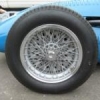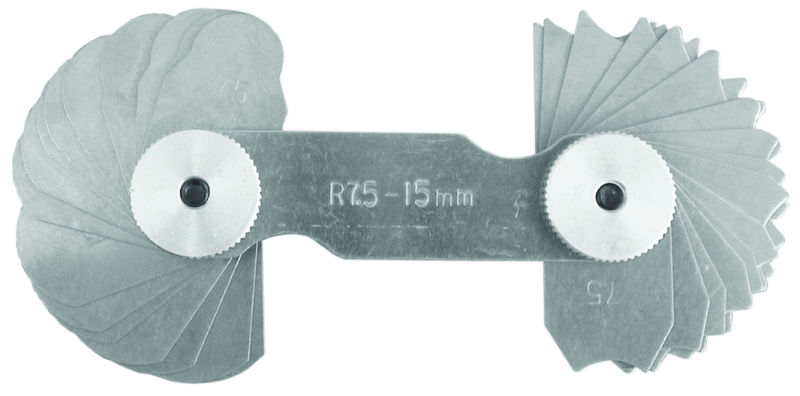Since the focus of F1 to make it more ‘relevant’ to future motoring needs getting rid of all the external trinkets makes sense. I havent seen much F1 aero on road cars, ignoring the silly trim skirts that started after ground effects arrived. Having said that the near lack of movable aero devices on the F1 cars seems only to be old fashioned.
I pay little interest to supercars or homologation production cars for GT racing, but even I've seen practical applications of underfloor downforce. So it's present on about 0.01% of road car production. At an intellectual level, it's fascinating that underfloor downforce can be generated without skirts.
Four downforce generators have been identified for racing cars -- downforce from body form ("wedge" or "wing" profiles), front wings, rear wings and underfloor aero. Five if you include extractor fan systems. Fans are banned and the other four are regulated.
Aero engineers have responded with controversial rule interpretations (Lotus twin chassis, Ferrari gearbox/exhaust combo assembly, twin diffusers) which may or may not be permitted briefly before a loophole is clarified. In the meantime, teams play expensive catchup games. I don't see how a perfect set of rules will ever be created unless it is so prohibitive to make cars identical.
The other response from aero engineers has been to create gadgets and widgets to manage air flow without creating downforce in themselves. So we have a front wing that does create downforce, plus extra (drag creating) elements to redirect air or to create vortices which create flow directions through and over the front suspension. And then there are elements on the cockpit sides which direct air into ducts. At the back of the car, there are further vanes to create extractor vortices or make artificial high pressure areas so that air passes through the diffuser optimally.
The surprising thing about these vanes, widgets, whatever you call them is that they're worth a second a lap until they get walloped off in an accident. The drivers complain that the car doesn't handle as well (I believe them) but sometimes they lose less time than predicted...
I think the rules have to be more prescriptive than MatsNorway suggests with his clever proposal. If the intent is to get rid of flaps and vanes, define rules for a continuous overground body form (recognising the need for vents, mirrors and TV cameras), circular or rectangular section suspension elements, simple 1975-style front and rear wings with vertical end plates.
The most useful thing would be for F1's regulators and participants to think a bit harder about the balance between pure sport, entertainment, marketing, engineering development and "relevance".






















